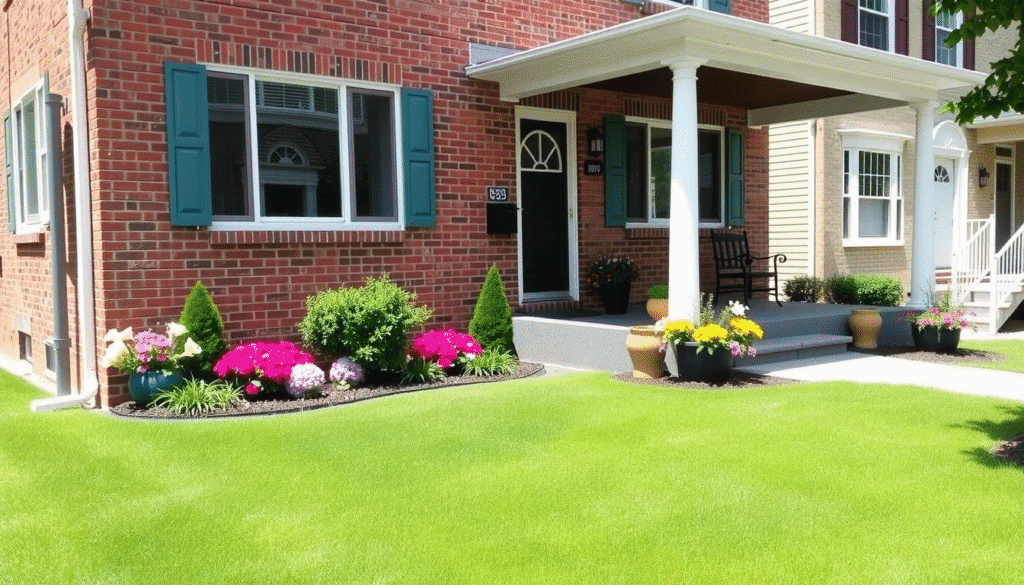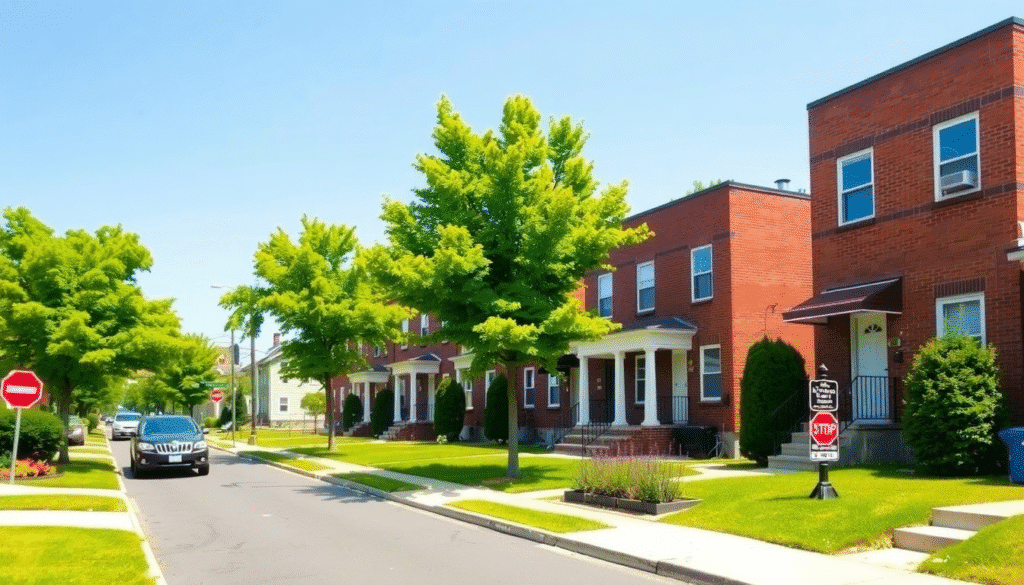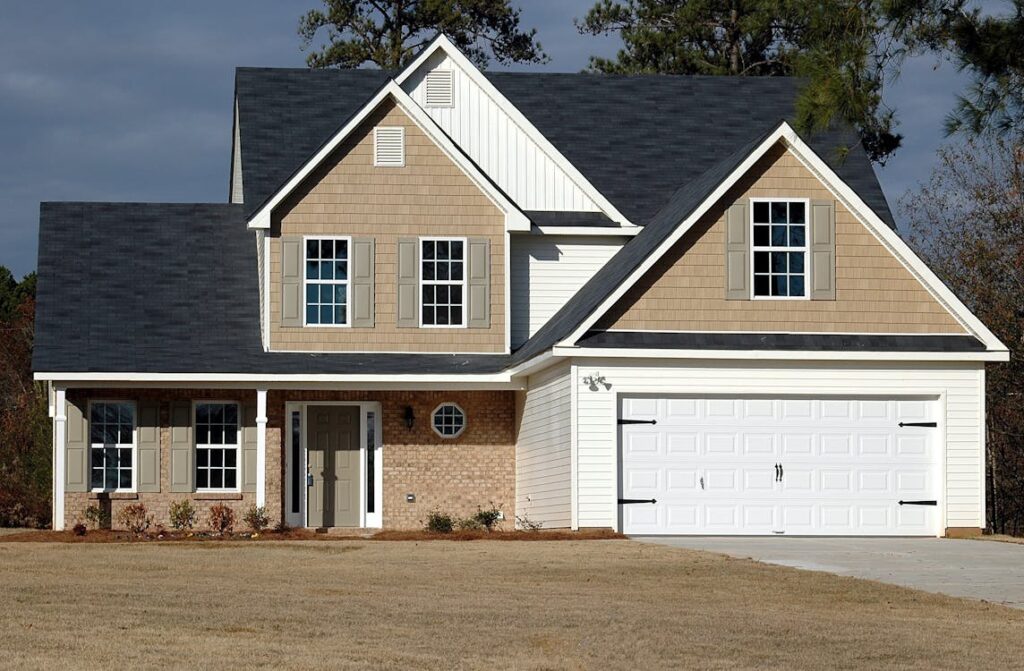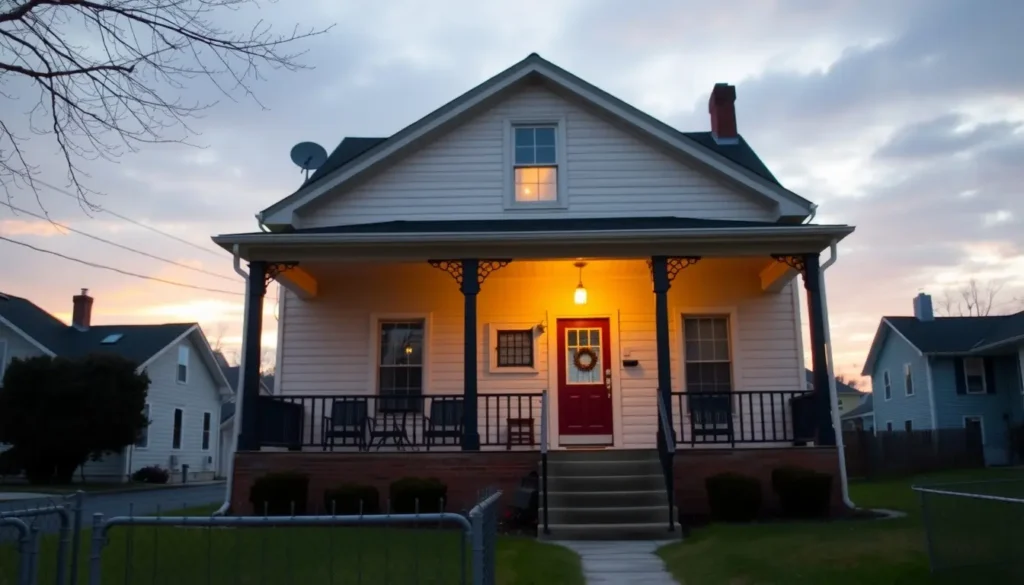Natural disasters can strike at any time, often with little warning, causing extensive damage to properties and leaving homeowners and landlords facing significant repair costs. For rental property owners, the stakes are even higher, as protecting tenants and maintaining rental income are crucial. Implementing comprehensive disaster preparedness measures can mitigate damage and ensure the safety of tenants. In this blog, we will explore essential steps to protect your rental property from natural disasters, focusing on practical and actionable strategies.
Understanding the Risks
Identify Potential Hazards
The first step in protecting your rental property is understanding the specific natural disasters that could affect your area. Common natural disasters include hurricanes, earthquakes, floods, wildfires, and tornadoes. Each type of disaster presents unique challenges and requires tailored preparation.
Assess Property Vulnerabilities
Conduct a thorough assessment of your property’s vulnerabilities. Consider factors such as location, building materials, age of the property, and the local climate. Identify areas that are most susceptible to damage and prioritize them in your disaster preparedness plan.
Structural Improvements
Strengthen the Building
Reinforcing the structure of your rental property can significantly reduce damage during a natural disaster. For properties in hurricane-prone areas, consider installing hurricane straps or clips to secure the roof to the walls. In earthquake zones, retrofitting the foundation and adding shear walls can enhance stability.
Install Impact-Resistant Windows and Doors
Impact-resistant windows and doors can protect your property from flying debris during hurricanes and tornadoes. These installations not only safeguard the structure but also enhance the safety of tenants.
Elevate the Property
In flood-prone areas, elevating the property can prevent water damage. Raising the foundation or adding stilts can keep the living spaces above flood levels. Additionally, installing flood vents in the foundation walls can help reduce water pressure and minimize structural damage.
Landscaping and Exterior Maintenance
Maintain Proper Drainage
Ensure that the property has an effective drainage system to prevent water accumulation during heavy rains. Regularly clean gutters and downspouts to avoid blockages. Grading the landscape to direct water away from the building can also help prevent flooding.
Create a Defensible Space
For properties in wildfire-prone areas, creating a defensible space around the property is crucial. This involves clearing vegetation, dead trees, and other flammable materials within a certain radius of the building. Use fire-resistant plants and materials in your landscaping to further reduce risk.
Secure Outdoor Items
During high winds and storms, outdoor furniture, equipment, and other items can become dangerous projectiles. Secure or store these items safely to prevent them from causing damage to the property or neighboring structures.
Emergency Preparedness Plan
Develop an Evacuation Plan
Create a clear and detailed evacuation plan for tenants. Ensure they know the safest routes out of the property and where to go in case of an emergency. Post evacuation routes and emergency contact information in visible locations within the property.
Provide Emergency Supplies
Stock emergency kits with essential supplies such as water, non-perishable food, flashlights, batteries, first-aid kits, and blankets. Encourage tenants to maintain their own emergency kits and have a plan for staying informed during a disaster.
Install Emergency Lighting
Power outages are common during natural disasters. Install battery-operated emergency lighting in common areas and stairwells to ensure tenants can safely navigate the property if the power goes out.
Insurance and Financial Preparedness
Review Insurance Coverage
Ensure that your insurance policy provides adequate coverage for natural disasters common in your area. Standard property insurance may not cover certain types of damage, so consider additional coverage for floods, earthquakes, or windstorms as necessary.
Keep an Emergency Fund
Maintaining an emergency fund can help cover immediate expenses following a natural disaster. This fund can be used for temporary housing for tenants, emergency repairs, and other unforeseen costs.
Document Property Condition
Regularly document the condition of your property with photos and videos. This documentation can be invaluable when filing insurance claims, as it provides evidence of the property’s pre-disaster state.
Tenant Communication and Education
Keep Tenants Informed
Regularly communicate with tenants about potential natural disaster risks and the steps being taken to protect the property. Provide updates during emergencies and ensure tenants know how to reach you or property management in case of urgent issues.
Educate Tenants on Safety Measures
Educate tenants on how they can protect themselves and the property during a natural disaster. This includes securing personal belongings, understanding the emergency plan, and knowing how to shut off utilities if necessary.
Encourage Renters Insurance
Encourage tenants to obtain renters insurance to protect their personal belongings. While your property insurance covers the building, renters insurance covers tenants’ possessions and can provide additional living expenses if they need to relocate temporarily.
Leveraging Technology
Install Smart Home Devices
Smart home devices can enhance safety and provide real-time information during a natural disaster. Consider installing smart smoke detectors, carbon monoxide detectors, and water leak sensors. These devices can alert you and tenants to potential hazards promptly.
Use Property Management Software
Property management software can help streamline communication with tenants and track maintenance requests. During a disaster, having a centralized platform for information and communication can be invaluable.
Monitor Weather Alerts
Subscribe to weather alert services to receive timely notifications about potential natural disasters. Staying informed allows you to take proactive measures and keep tenants updated on the situation.
Conclusion
Protecting your rental property from natural disasters requires a proactive and comprehensive approach. By understanding the risks, strengthening the structure, maintaining the exterior, developing an emergency plan, securing proper insurance, and educating tenants, you can significantly reduce the impact of natural disasters on your property and tenants. Implementing these strategies not only safeguards your investment but also demonstrates your commitment to tenant safety and well-being. Remember, preparation is key, and taking action now can prevent significant damage and loss in the future.






